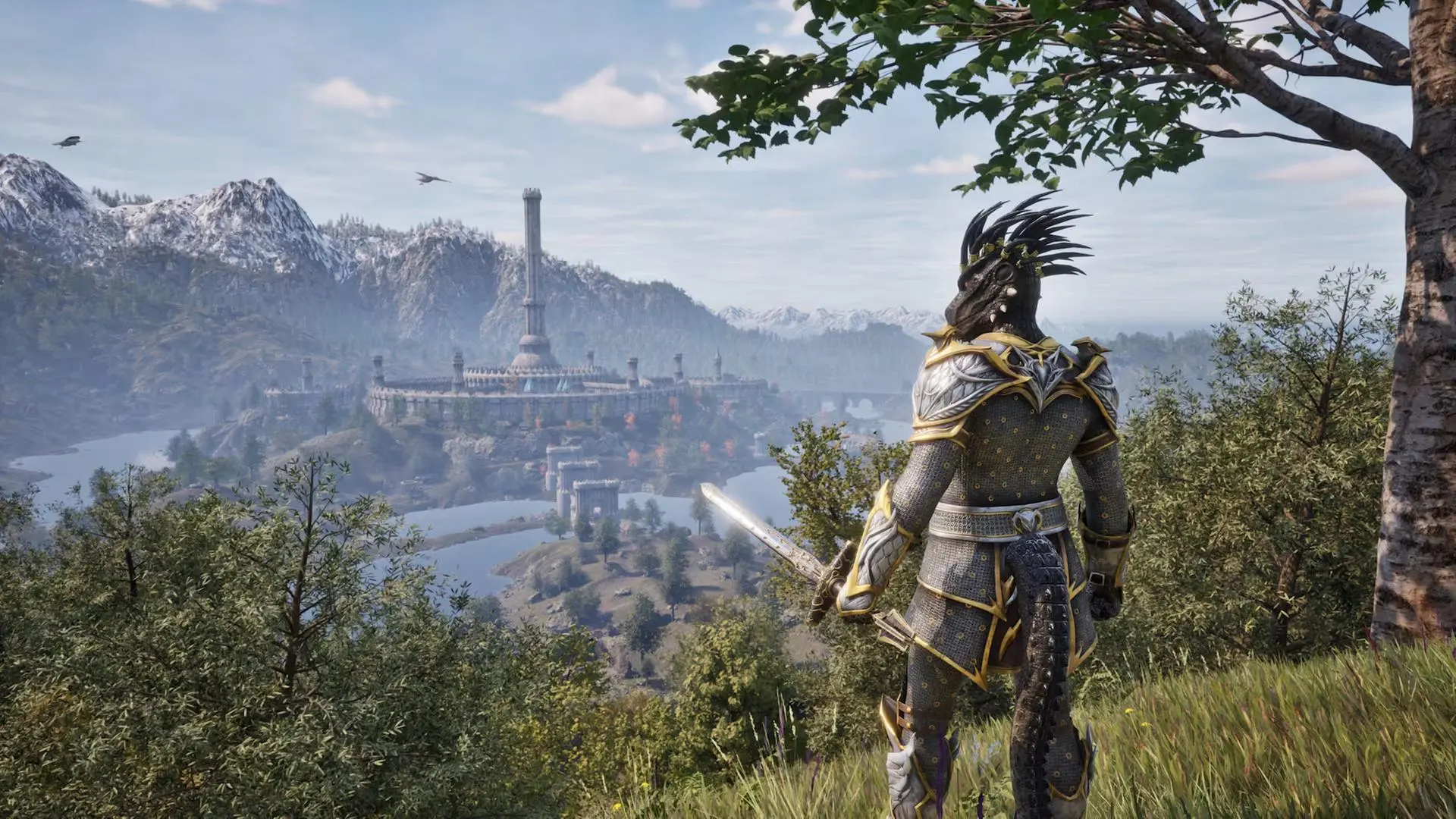To commemorate The Elder Scrolls’ 30-year legacy, the original reviews of the core entries were resurfaced from the archives. Among them is this look at The Elder Scrolls IV: Oblivion, first published in early 2006, now revisited in anticipation of its remastered release. Oblivion was the first game in the series to surpass the coveted 90% score mark, largely due to its expansive world and compelling mechanics. Though it has since been sandwiched between Morrowind’s strangeness and Skyrim’s polish, Oblivion holds a distinct place as an ambitious and immersive RPG.
Also, read more about the Remastered version of 2025.
Into the World of Cyrodiil
Oblivion’s strength lies in its freedom. Players are given a primary quest involving a dire prophecy and the salvation of the realm, but the true experience unfolds in the choices made along the way. Whether one becomes a skilled thief, a master warrior, or an elusive assassin before even touching the main story, the game adapts. Each character’s journey becomes a personal tale—one shaped not by scripted paths, but by curiosity and exploration. What awaits is determined not by the narrative, but by the player’s own actions.
Fantasy Grounded in Action
Unlike many traditional RPGs, Oblivion uses real-time combat from a first-person perspective. Success depends on player skill—dodging, blocking, and attacking are based on reflexes and timing, not on chance-based dice rolls. Arrows strike only if well-aimed; spells connect because they’re cast with precision. It creates a sense of physical engagement that enhances immersion and makes every encounter more impactful.
Beyond the Scripted Path
Oblivion excels in how it presents its quests. Players often stumble upon storylines naturally—overhearing a tavern conversation might unravel a multi-layered mystery. In one such case, rumors of a vampire in Bruma lead to an investigation that reveals a vampire hunter’s deception. The tale begins with a tip-off, leads to theft and stealth, and climaxes with a confrontation in a hidden cave. The game doesn’t tell players what to do—it offers clues and trusts them to connect the dots.
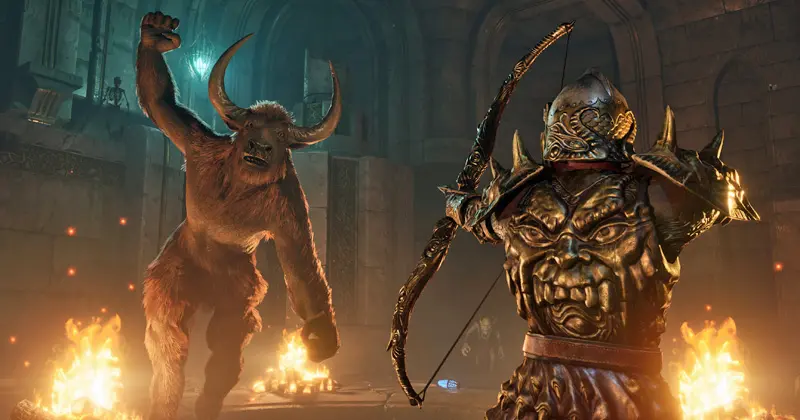
Raynil, the supposed vampire hunter, reveals his betrayal in a tense moment, appearing from thin air and declaring he knew the player had been asking about him. A desperate fight ensues, and quick thinking—poisons, magic, and clever positioning—turn the tide. A final, poisoned arrow to the head topples him over a cliff. His stolen sword follows shortly after.
Natural Engagement in Quest Design
Oblivion’s quests rarely rely on strangers asking for help. Instead, players get involved because events logically draw them in. Guilds offer paid jobs, while overheard rumors and discovered documents reveal optional storylines. The vampire hunter scenario, for example, isn’t prompted by a quest marker. It unfolds because the clues make sense and provoke action. Every mission carries narrative weight, often involving complex characters and branching outcomes.
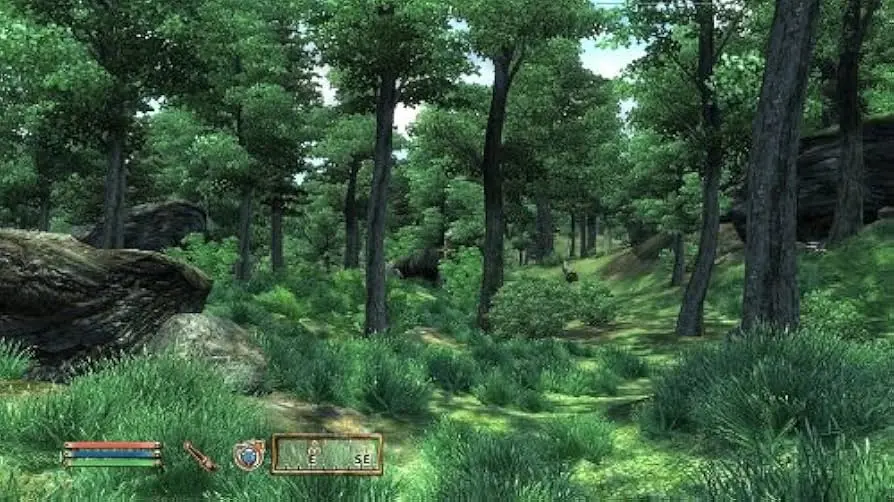
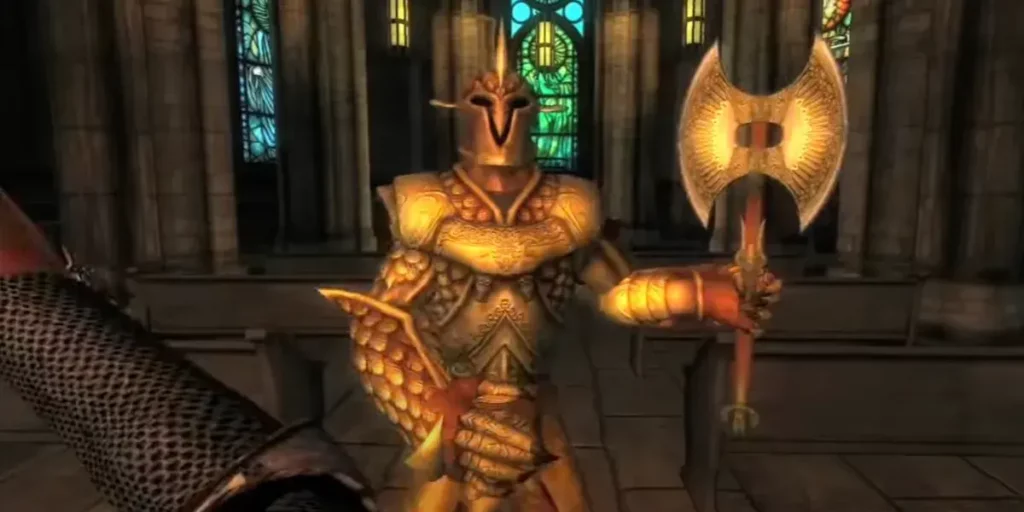
Combat Rewards Ingenuity
Fights can be unforgiving, especially for hybrid characters. But Oblivion offers a toolkit of solutions: well-timed blocks, status-affecting spells, stealthy escapes, and hand-crafted potions can turn the tide. Creativity is often the key to survival. When an enemy falls, ragdoll physics emphasize the impact—whether they’re thrown by a shock spell or pinned mid-leap by an arrow, the payoff is both brutal and satisfying.
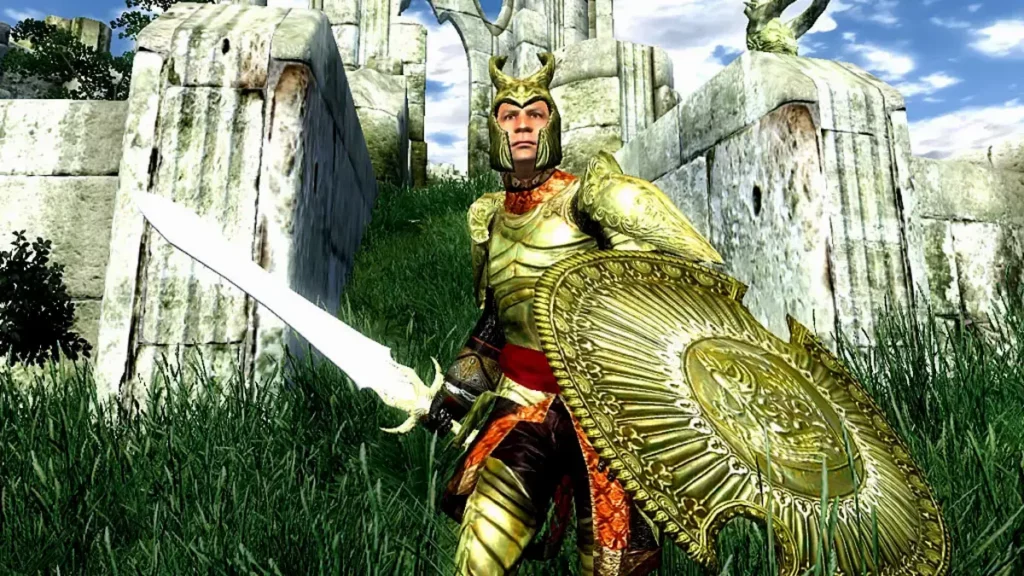
The Beauty of the Ride
Travel is another standout feature. Though fast travel is possible, riding through the countryside on horseback at any hour—dawn, dusk, or midnight—is a core joy. From the moment players acquire their first horse early in the game, the landscape invites exploration. The rhythm of hooves, the sweeping views, and the solitude of the wild combine to create moments of peace between the chaos.
Joining the Mythic Dawn
When tasked with infiltrating the Mythic Dawn, the player must play the part of a devoted recruit, surrendering all belongings and donning cult attire. But as a practiced thief, recovering one’s stolen gear becomes a side mission in itself. The cult leader vanishes before he can be confronted, but their sacred book remains. To reach it, a sacrificial murder must be performed—something the former assassin-turned-hero is all too familiar with.
The host is paralyzed with a special touch, collapses down the stairs, and is swiftly looted. Chaos erupts as demonic armor-clad cultists descend. Amid the brawl, the player grabs the relic and flees. It’s a scene worthy of any treasure-hunting adventurer.
The Urgency of the Main Quest
Oblivion’s main storyline, though entirely optional, maintains a relentless pace once initiated. The player is drawn into urgent missions—defending key figures, retrieving sacred artifacts, and uncovering hidden cults. Events spiral into a crescendo of battle, ritual, and espionage. With fiery portals opening across the land and monsters spilling forth, the stakes feel real and immediate.
Inside the Realm of Oblivion
The game’s otherworldly realm, kept secret before launch, turns out to be a familiar vision of hell—lava, ruined towers, and warped flora. The design isn’t revolutionary, but the pressure of each foray adds urgency. Often accompanied by Imperial soldiers, the player fights to reach and remove a Sigil Stone, collapsing the portal. The experience is intense, and the reward—enchanting a weapon with powerful effects—is well worth the risk.
The Art of Assassination
The Dark Brotherhood missions stand out as masterful blends of stealth and storytelling. One memorable job involves a secluded party where the player must eliminate each guest without alerting the others. Each victim is manipulated using charm or deceit, and dispatched without a trace. The tension rises with every disappearance until only one remains, too intoxicated to suspect the truth.
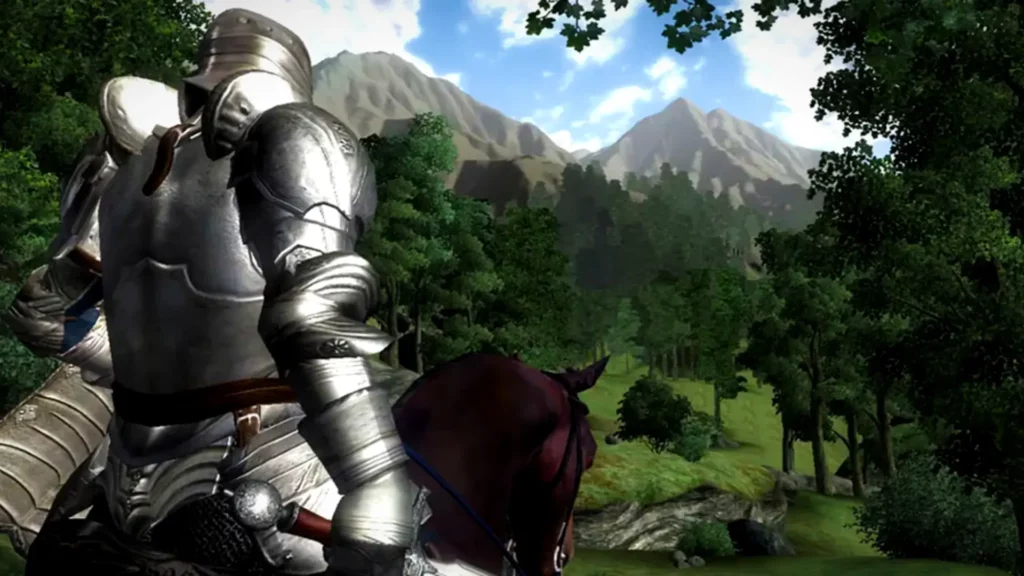
These contracts are twisted puzzles. One might require staging a fatal accident; another, delivering a gruesome message. Each successful kill unlocks new gear and heightens the sense of immersion. Eventually, the moral weight of some assignments becomes too much even for seasoned assassins.
Thieves in the Night
The Thieves Guild missions provide equally thrilling adventures. A missing ring leads to a convoluted investigation involving a wrongfully accused Argonian and a noblewoman with sticky fingers. Retrieving the ring means breaking into the Countess’s quarters and slipping it from her jewelry box under cover of night.
Caught in the act, the player bolts from the castle, arrows flying. A stolen horse and enchanted boots capable of walking on water allow for a narrow escape. The guards can only watch in disbelief as the thief disappears across the lake, untouchable.
A Simulated Society
Cyrodiil’s NPCs follow daily routines—working, eating, socializing—adding realism to the world. These behaviors rarely influence quests but help flesh out the setting. However, conversations between characters are clumsy and repetitive, revealing the limits of the game’s social AI. Characters repeat awkward dialogue with little awareness of context, undermining the immersive effort.
Despite strong voice acting in scripted scenes, the randomized chatter feels robotic and overused. It’s the one major flaw that keeps Oblivion from RPG perfection, making NPCs feel more like placeholders than people.
An Epic with Rough Edges
Oblivion is ambitious, sprawling, and occasionally unpolished. Yet its flaws are far outweighed by its strengths. From breathtaking scenery and engaging combat to layered quests and emergent storytelling, it delivers one of the most expansive experiences in gaming. Every adventure is unique, defined not by a linear plot but by personal decisions.
Some may say there isn’t time for a game this massive. But players of Oblivion know: once it pulls you in, little else matters. Time fades, obligations disappear, and only the wonders of Cyrodiil remain.
